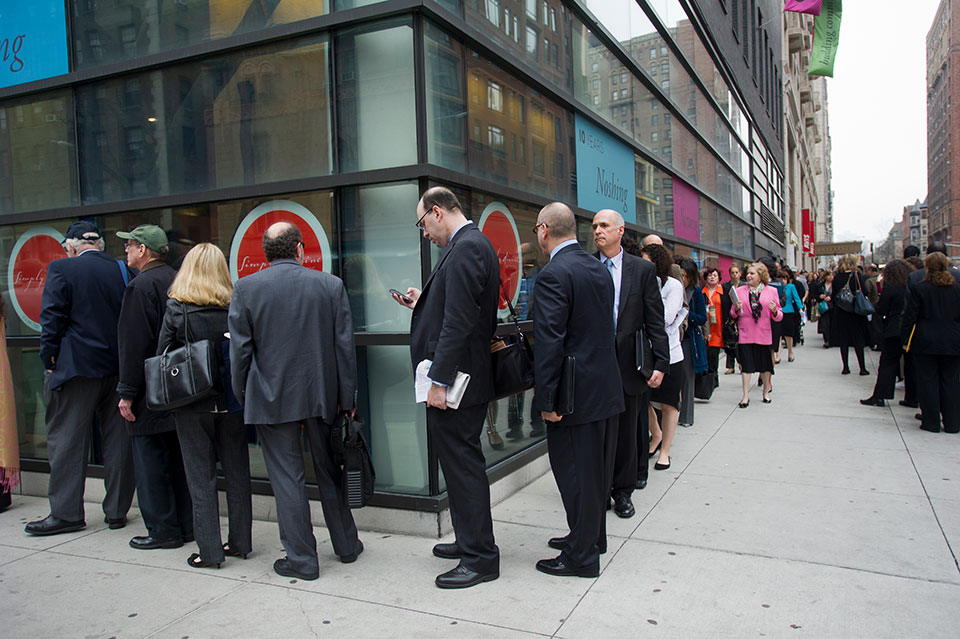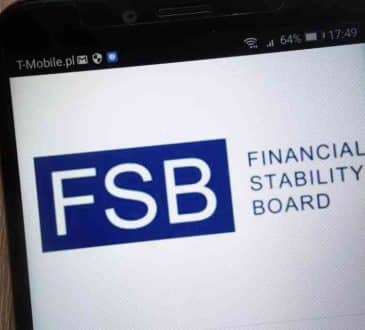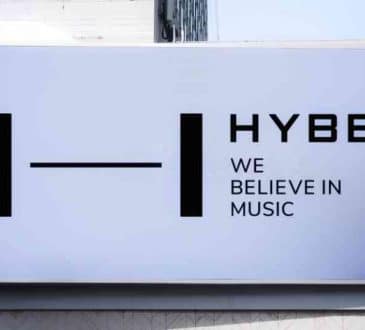During the Great Resignation, Maintaining Institutional Knowledge Should Be a Priority

The Great Resignation shows no signs of slowing down, with one-fourth of workers planning on leaving their jobs this year. With this in mind, it’s more important than ever to preserve your business’s institutional knowledge. Here are three tips to consider.
Month after month, companies have watched talent walk out the door amid the Great Resignation. August 2021 alone saw 4.3 million workers call it quits. September was worse, with 4.4 million people leaving their jobs — a historic high. And come October, another 4.2 million workers left their positions.
It seems that no matter what company leaders do, team members will leave in search of other opportunities. This makes it more important than ever to pay close attention to the institutional knowledge you’ll be losing when employees inevitably resign.
Sure, you can request defectors to write down everything they know, but that’s no small feat — nor is it a small ask. You’ve got to come up with a better solution for seamlessly transferring knowledge from one employee to another. Without a process to do so, your business is at greater risk of faltering and depriving customers of that “secret sauce” they’ve come to expect from you. Besides, building up knowledge from scratch wastes valuable time, money, and resources.
Unfortunately, collecting institutional knowledge isn’t always easy, but technology can certainly help. It can be used to create a knowledge repository, where employees can pull information about customers, procedures, and company history. But some things just can’t be written down; explanations are necessary. Training and lived experiences also are essential for passing institutional knowledge from one generation of workers to the next. What’s more, the best method of knowledge transfer is dependent on the information or job in question. If it were as simple as sitting down for a chat over coffee, this wouldn’t be a problem.
Creating a Seamless Process for Knowledge Transfer
To avoid the need for cobbling together disparate information sources, organizations should take a more proactive approach to learning and training. Don’t wait until someone gives their notice to extract their institutional knowledge. If you’re lucky and have two weeks for knowledge transfer, that still isn’t enough time to do it right. Put in place a formalized process today to resolve any problems, continue to revisit your chosen method, and update it as necessary.
Not all methods for transferring institutional knowledge will work for every organization, but there are a few proven tactics that can help. Here are the best strategies to get you started:
- Establish a mentorship program.
You should always work on succession planning; this should be relevant not only for senior executives, but also roles at all levels in your organization. An integrated, systematic approach will be key to knowledge development and to close any potential skills gaps in the future. Assess your workforce and ask yourself where you see each person fitting within your operations. Then, carefully pair junior employees with more seasoned team members.For your mentorship program to work, however, don’t forget to set mentoring goals. Each pairing will have different objectives, and participants should revisit these objectives regularly to keep knowledge transfers on track and ensure ownership among the team.
- Cross-train team members regularly.
Cross-training employees doesn’t just provide an opportunity to maintain institutional knowledge for your organization — it also improves the versatility of your teams. In addition, it’s a great way to foster career development, as employees will come away from the experience with a more diversified work background.Much like a mentorship program, establish goals for cross-training initiatives to ensure your employees get the most out of each session. Only then can they become more well-rounded team members who can confidently step in if someone leaves a position.
- Add rotational programs to the onboarding process.
In rotational programs, rather than training for one role, new team members rotate into other positions to get a better understanding of all organizational functions. Although rotational programs aren’t common practice for most organizations, they are one of the best ways to help new hires get to know your company and learn the skills they’ll need to succeed.Due to the wealth of learning opportunities, rotational programs can also do wonders for job satisfaction and employee retention. In fact, 94% of workers said they’d stay at a company longer if it invested in their development and learning. As with mentorship programs and cross-training initiatives, formalize the process and set clear goals to improve knowledge-sharing outcomes for new hires.
To maintain business momentum and keep the ship righted, make knowledge preservation a priority. Take a critical look at your operations and determine what information you can’t afford to have falling through the cracks. What is worth keeping? Which relationships are essential? Should someone leave, are there certain tasks that no one else in the organization would be able to complete? Understand the full scope of the institutional knowledge within your team, and then develop a plan for how to best maintain it. The extra effort you take today to safeguard that information will be worth it in the long run.
Written by Vince Dawkins.
Have you read?
# Best Citizenship and Residency by Investment Programs.
# Richest People in New York and Their Net Worth, 2022.
# The World’s Top 10 CEOs Over 70 Years Old.
# These are the world’s most and least powerful passports, 2022.
Add CEOWORLD magazine to your Google News feed.
Follow CEOWORLD magazine headlines on: Google News, LinkedIn, Twitter, and Facebook.
Copyright 2024 The CEOWORLD magazine. All rights reserved. This material (and any extract from it) must not be copied, redistributed or placed on any website, without CEOWORLD magazine' prior written consent. For media queries, please contact: info@ceoworld.biz








